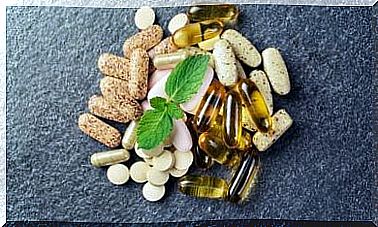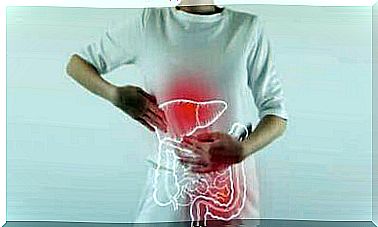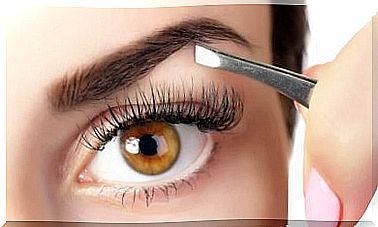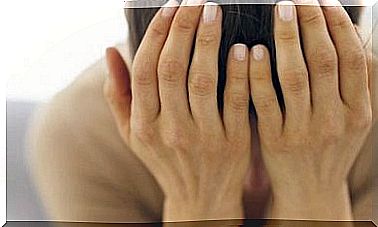Interview With Gemma Del Caño: “We Have To Know What Food Security Is”
We know that it is important to make good purchases in order to eat healthy and to benefit from it . But why should we also consider food security?

Nowadays, when we talk about going shopping, it is more and more common that we worry about choosing “the best” for health and well-being. It is also common to hear the term “food security”.
We want food to be of high quality, to have adequate nutritional value and to benefit us as much as possible. In addition, we want variety and immediacy and we want to make good choices at all times. To do this, however, we must educate ourselves and carefully observe what we decide to take in the basket, and not just what we read in large print.
Gemma del Caño tells us more about food security
Gemma del Caño – better known as @farmagemma on her social networks – is a graduate in pharmacy, specializing in industrial pharmacy and R&D, holder of a master’s degree in innovation, biotechnology and food safety, scientific communicator and BRC auditor (food safety ). Today, she will help us outline and clarify some of the most common consumer concerns.
Q. How would you explain to someone unfamiliar with the term “food security” what it means?
A. It would be interesting to differentiate between “food security” and “food safety”, even though the first term is commonly used, when in fact we are referring to the second.
Food security refers to the availability of food and safety refers to the fact that the food we eat is safe, not harmful to health. However, we generally refer to safety rather than security.
Advances in safety have saved millions of lives and above all it gives us peace of mind when we go shopping for food because we know that we are not going to run into a toxic infection, a foreign body. or chemical contamination.
Obviously there is no such thing as zero risk, but today we are eating the safest foods in history.

Q. Do you think that there is enough knowledge on the streets about what is really going on in the food industry?
A. No, and the responsibility lies with the food industry itself, which for years has not been transparent and has often chosen to give in to disinformation to take advantage of consumers. This is the case, for example, with additives.
Any authorized additive is safe (which does not mean that it is necessary); if we promote an “additive-free product” as something good, we are suggesting to the consumer that the additive-free product is bad, when it is not at all.
The problem is the product, not the additive. There are foods with additives that are fantastic (like canned vegetables) and products that without additives will still be a bad option (like ultra-processed pastries).
Q. Where can we go to address our food security gaps and what would your recommendations be to the general public?
A. Food safety agencies, such as ANSES in France (National Agency for Food, Environmental and Occupational Health Safety), the European Food Safety Authority (EFSA) or the FDA in the States United are good sources of information.
What to avoid are fake news and hoaxes from Whatsapp or Facebook that distort information or lie to gain a few clicks.
The reality is much more boring than what some people try to make us see and fear sells. We must not give in to alarming theories. Instead, we should always go to official sources. At the moment, there are also a lot of publicists in the field of food safety, who are trying to dispel certain myths.
Q. Reading the label is a recommendation made by many experts to help people know what they are buying and consuming, and to develop their own criteria. But very often, one wonders how to read it correctly. What are your recommendations?
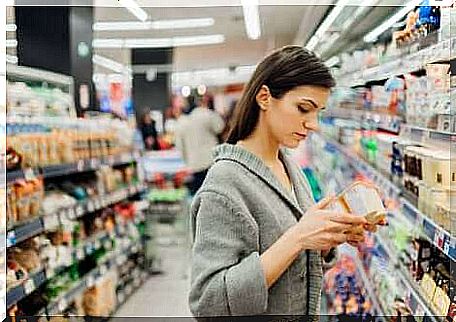
A. The order of the ingredients is always from highest to lowest. We should be able to identify the product that we see on the packaging with what we read on the ingredient list.
If it reads “CHEESE” and the ingredients include: milk, salt, rennet and ferments, that is correct. On the other hand, if your product looks like cheese, but in its own ingredients it says “cheese and other things”, beware.
Let’s not get carried away by the big letters on the “vitamin-containing”, “palm-oil-free” packaging. We have to keep in mind that we should always read the label and not the packaging. There are no lies in the labeling. The big letters should not therefore lead us to ignore the small ones.
Q. Again, why aren’t all additives and preservatives bad?
A. [Again] Why aren’t all additives and preservatives bad? In fact, preservatives, emulsifiers, etc. improve product characteristics and reduce food waste. On the other hand, others – like sweeteners – may not be necessary, as they induce a feeling of sweetness which may not be necessary, but which is far from toxic.
The same goes for flavor enhancers, tomatoes, parmesan and crab. They all contain glutamate and are okay products. On the other hand, a snack without glutamate will be just as unhealthy as when it did. The problem will always be the product and not the additive.
Q. Why isn’t everything that is done industrially bad? What are the advantages to take into account in order not to panic?
A. The industrial side allows us to consume the products we want at a better price and when we want them. Remember that there are many correct foods that are manufactured at an industrial level: frozen fish, legumes, pasta, wholemeal bread.
It is not because something is industrial that it is bad. It just means that we have to choose the right product.
Q. Do you think it is important for parents to pass on certain ideas about food security to their children?
A. This is essential for several reasons. First, because food safety begins in industry, but ends with us. Almost half of food poisoning occurs in our homes. Children therefore need to know how to process food to keep it safe. On the other hand, they should come with us to the supermarket to learn that all food is safe.
Q. What do you think is the “life cycle” of health and diet myths?
A. Many come back over and over again and we have to refute them again and again. Videos like the one on the apple “with plastic” – when they’re actually edible waxes that protect against mold and bumps – or others on “how the industry cheats on us” are going viral again, two or three times a year, misinformed people about the reality of food.
Q. Is it a concern or a real relief to have an idea of what you eat each day? Why ?
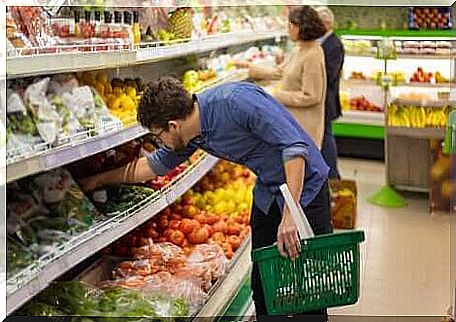
A. In fact, it is a responsibility. If we eat several times a day, we need to be aware of something that we do so often. Without falling into myths, but quite simply by reflecting.
Reading the labels and not getting carried away with the ones that say “zero”, “none”, but with good information, seems to take time, but it only happens once. When we have already chosen the right food, the next time we go shopping, we will do it much faster and at a lower cost because we are already eliminating unnecessary products.
If we fill the basket with good quality food, it will be a real relief and we will guarantee safe and, moreover, healthy food.
If we know what we’re buying we’ll eat better
As we have seen, at the time of purchase it is important that we learn to look at product labels and not be satisfied with the big letters or advertising that we have seen in the media. In doing so, we would not only run out of what is best for us, but it would also be an opportunity to better understand what we are bringing home.
As Gemma del Caño tells us, once we have done the first exercise it will be easier for us to know what to throw away and what to regularly include in the basket. It’s about giving us the opportunity to exercise and always prioritizing official sources of information.

